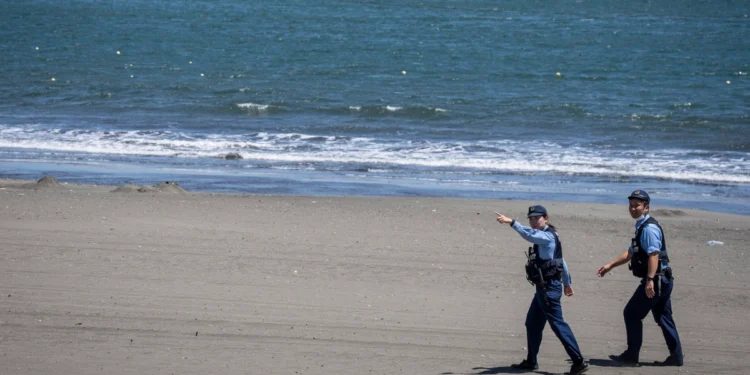A tsunami advisory for Washington’s coastal region was canceled at 10:40 a.m. Wednesday following a powerful 8.8-magnitude earthquake off Russia’s Kamchatka Peninsula that generated waves across the Pacific.
The earthquake, which struck late Tuesday, prompted tsunami advisories along the western U.S. coastline, including Washington, Oregon, and California. While advisories remain active for parts of Alaska, Hawaii, and some California areas, the situation has stabilized for Washington.
Small tsunami waves began reaching the Washington coast shortly after midnight. Initial impacts were recorded at La Push around 12:15 a.m., Westport at 12:45 a.m., and Port Townsend by 2 a.m.
Wave heights peaked at 1.3 feet at La Push and 1.2 feet at Port Angeles by 4 a.m. Other coastal locations reported minor fluctuations by 7:43 a.m., with Westport measuring 0.5 feet, and Neah Bay and Toke Point both at 0.4 feet.
Despite the relatively low wave heights, coastal authorities warned residents and visitors to stay away from beaches and harbors due to strong currents and unpredictable wave activity.
The National Weather Service lifts tsunami advisories once wave fluctuations drop below one foot for three consecutive hours. That threshold was met Wednesday morning, allowing officials to cancel the advisory for Washington’s outer coast.
University of Washington seismologist Harold Tobin with the Pacific Northwest Seismic Network monitored the situation, noting that impacts would likely be limited to Washington’s outer coast between Neah Bay and the Columbia River. While Puget Sound was unlikely to see significant effects, he said marinas and narrow waterways could still experience minor surges.
Seattle-based research teams, including scientists from the Pacific Marine Environmental Lab, tracked the tsunami’s movement in real time using forecast models that initially indicated potential flooding in some Pacific regions.
No damage or injuries were reported in Washington. The National Weather Service office in Seattle confirmed that no impacts were expected for Puget Sound or other inland waters, as the advisory applied only to the state’s outer coastal areas.
Officials continue urging the public to take future tsunami alerts seriously and avoid approaching shorelines during advisory periods, citing risks from unexpected currents and wave surges.







